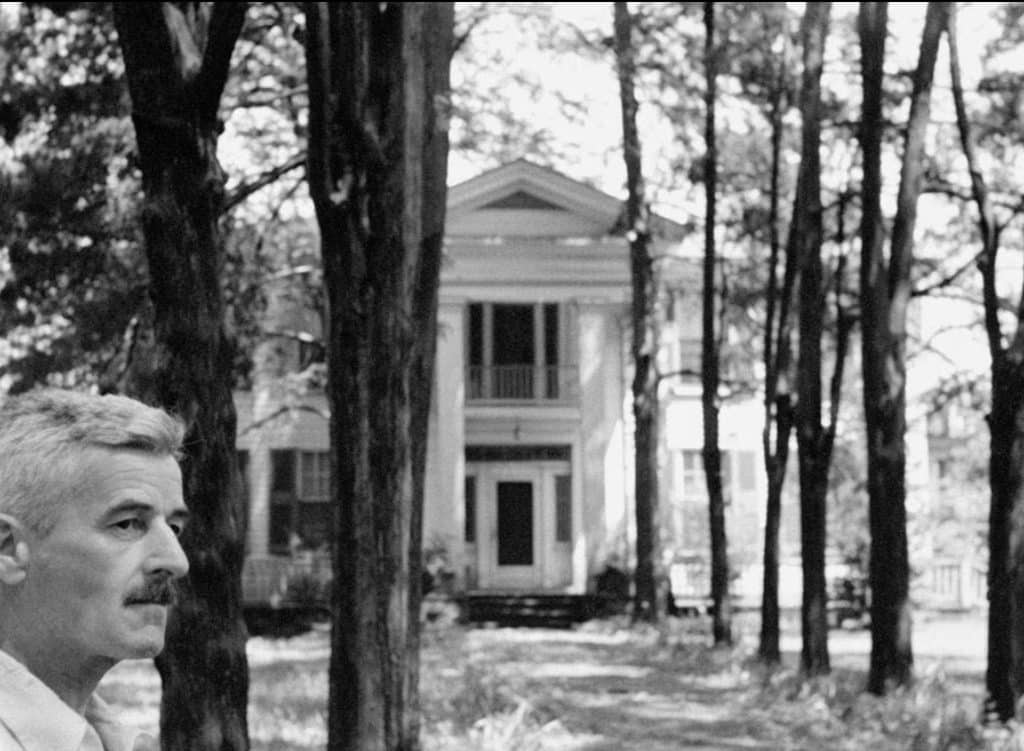Nestled in the storied hills of Oxford sits one of Mississippi’s most intriguing homes, Rowan Oak. The antebellum-style home was built in 1844 by Irish immigrant Colonel Robert Sheegog and is most popularly known as the longtime residence of Nobel Prize winner William Faulkner.
The world-renowned writer bought the home in 1930 and resided there until he died in 1962. Since then, the iconic property has gained a reputation as a home for history and tourists, along with some ghostly inhabitants created by Faulkner himself.
Despite the property’s grand appearance, the grounds were never a plantation. Instead, Rowan Oak mainly served as a townhome for the Sheegog family. However, The Sheegogs did own a plantation in another county.
The Oxford home had three owners. The Sheegogs, the Baileys, and then William Faulkner. The house sat abandoned for seven years before Faulkner bought it in 1930.
Faulkner was a Mississippi native born in New Albany but moved to Oxford when he was five. He grew up in Oxford and was in his 30s when he bought the property he would name Rowan Oak.
In true Faulkner fashion, the writer named the property after two types of trees that have never grown there. The rowan tree symbolizes peace and security, and the live oak symbolizes strength and solitude. The Rowan Oak tree doesn’t exist and is pure fiction.
When Faulkner purchased the home, he added a wing to the house just for himself, which included his office. Written on the walls of Faulkner’s office is the outline for his book “A Fable.” Some may or may not know that Faulkner wrote his bestselling novel “Sanctuary” to pay off his house.
Now a historical attraction for locals and tourists, the home features mostly Faulkner-era furnishings and is a near-replica of the author’s space.
Is Rowan Oak haunted? Like many historic homes, the atmosphere of Rowan Oak often leaves visitors feeling a little eerie. Rowan Oak has never actually harbored any ghostly residents. At least, none on record.

Photo credit: Genteel and Bard
That said, the tale of Judith Sheegog often comes to mind whenever the subject of Rowan Oak is brought up. In true eccentric, southern uncle fashion, Faulkner often crafted ghost stories to entertain his nieces and nephews.
Imagine Uncle William Faulkner sitting in a chair and telling his nieces and nephews about the tragic tale of a woman named Judith Sheegog who was so heartbroken and unlucky in love that she flung herself over a balcony. And not just any balcony, the second-story balcony of Rowan Oak. Faulker fabricated this extraordinary tale and spoke of her tragic death and convinced the young children that Judith was, in fact, buried underneath a beautiful magnolia tree at the front of his property. The tree hung over an overgrown garden, and Faulker told the children that was the reason for its unsightly state.
Faulkner’s niece, Dean Faulkner Wells, wrote the book “The Ghosts of Rowan Oak: William Faulkner’s Ghost Stories for Children.” The story of Judith Sheegog is featured in the book, along with many other tales that her uncle shared with his nieces and nephews during his lifetime.
As for any documented paranormal activity, official ghost hunters visited Rowan Oak some years ago but found no sign of restless spirits wandering the grounds.
Is Rowan Oak really haunted? It’s hard to tell. However, William Faulkner wanted his home to be haunted, so it should be no surprise that one of America’s greatest writers made up a ghost story to accompany his house.